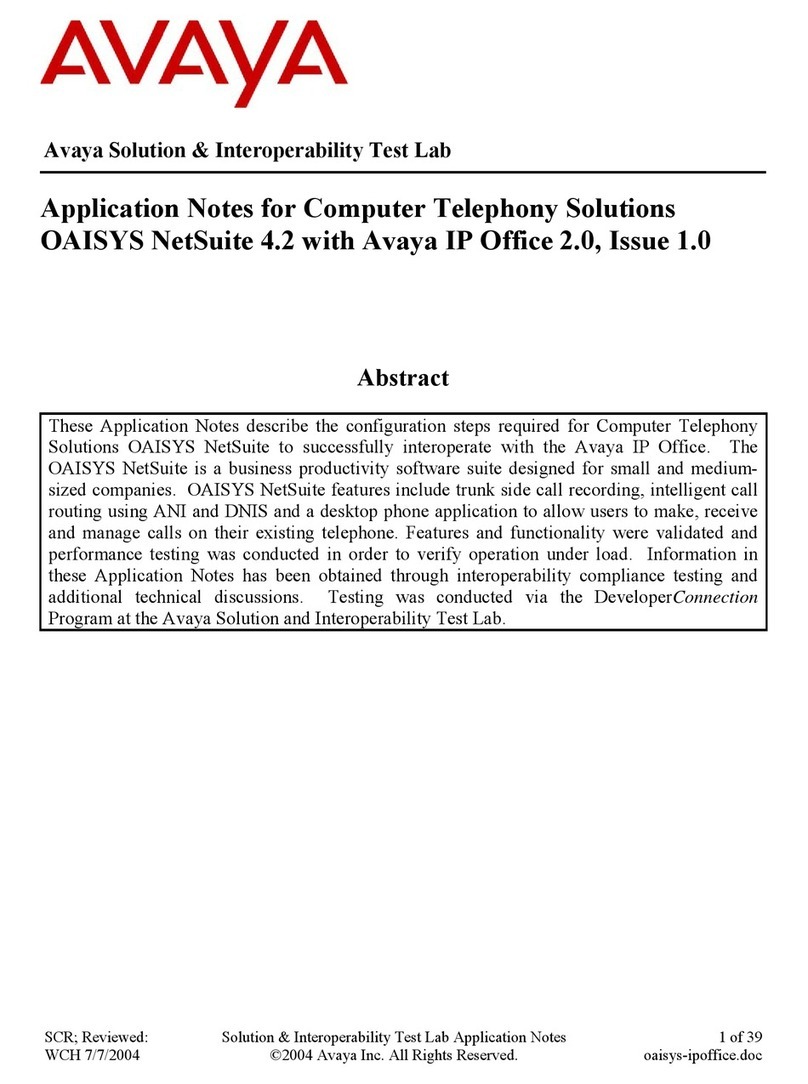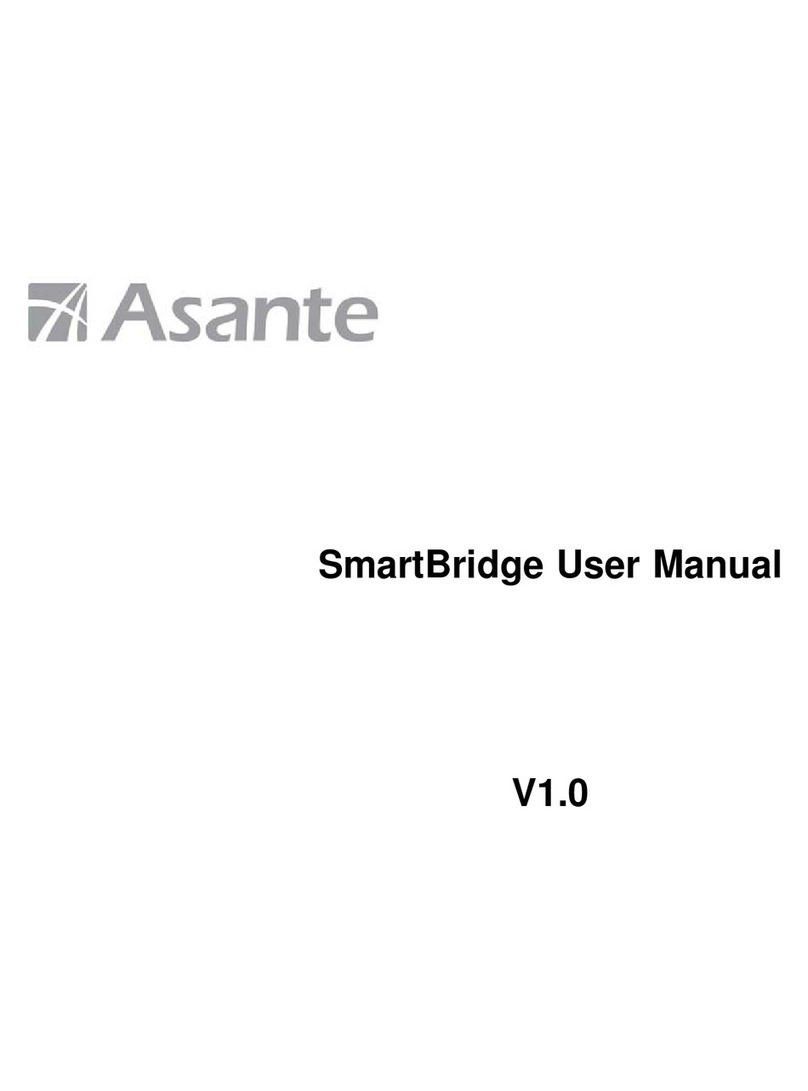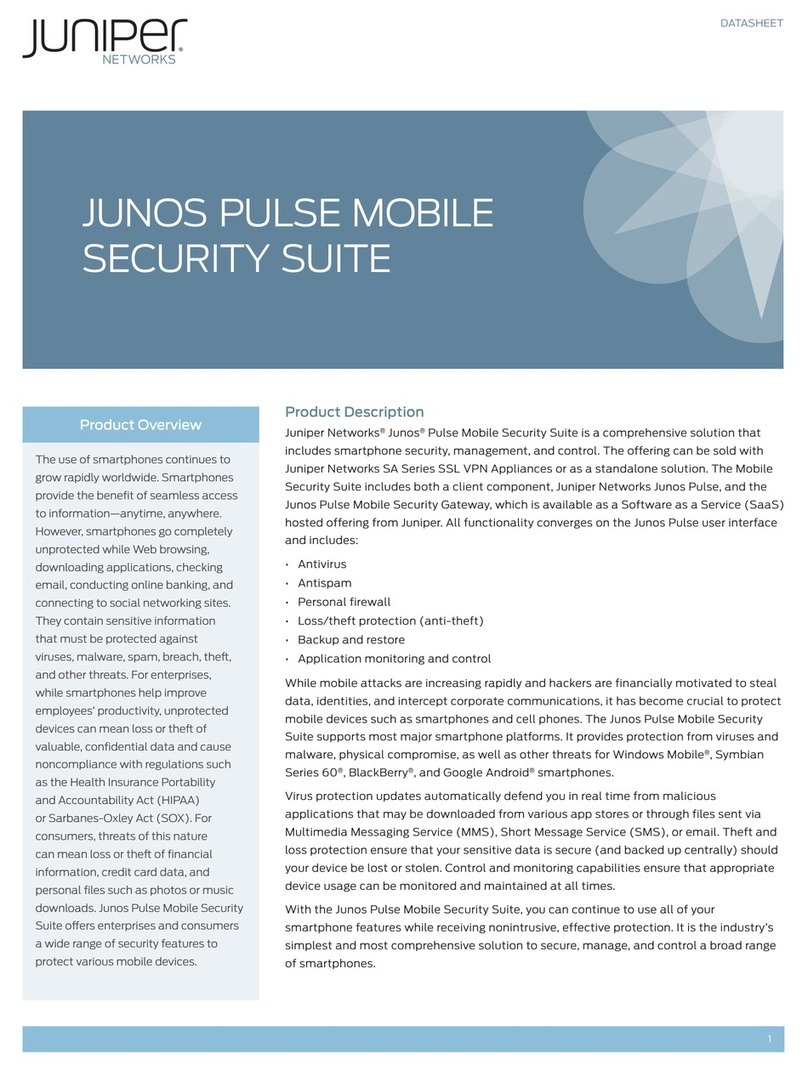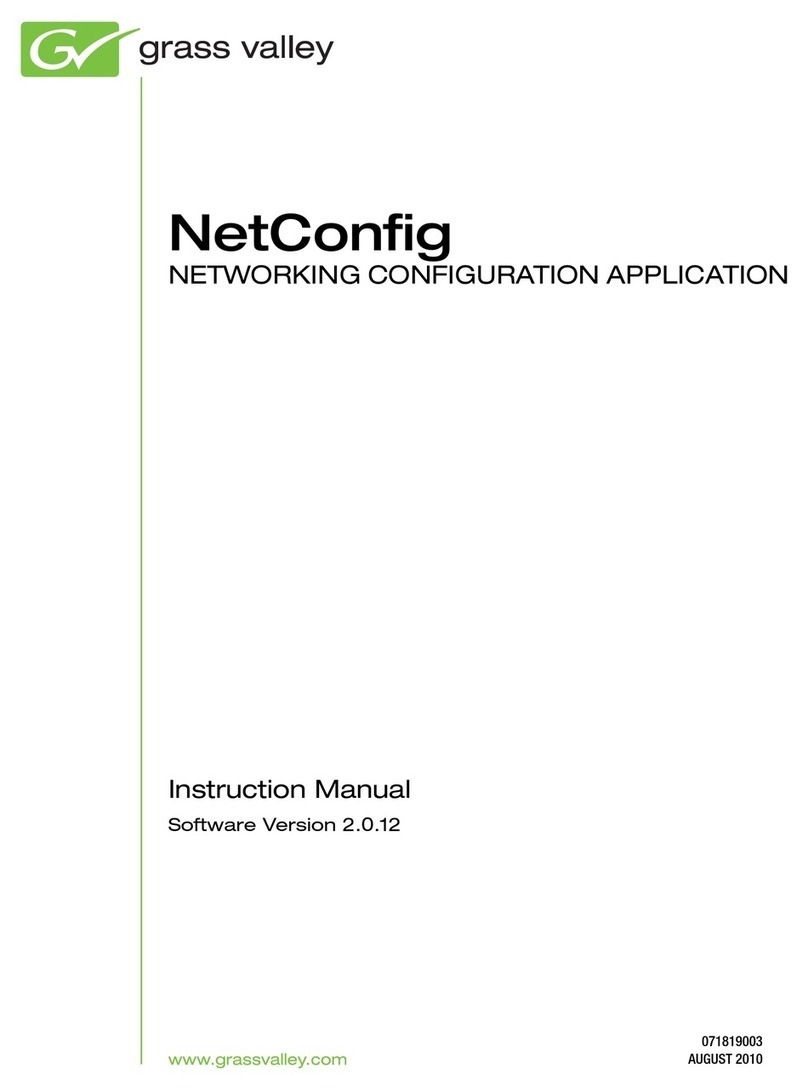i
IMPORTANT
Icom, Icom Inc. and the logo are registered trademarks
of Icom Incorporated (Japan) in the United States, the United
Kingdom, Germany, France, Spain, Russia and/or other
countries.
Linux is a registered trademark of Mr. Linus Torvalds in the
United States and/or other countries.
Other brands and model name are registered trademark(s)
or trademark(s) of the respective holders.
TABLE OF CONTENTS
IMPORTANT ............................................................. i
TABLE OF CONTENTS ............................................ i
1 PREPARATION .............................................. 1– 2
■System requirements ................................................ 1
DPC ......................................................................... 1
DInternet line ............................................................ 1
DFixed IP address ................................................... 1
DRouter .................................................................... 1
■Linux®down loading .................................................. 1
DDown loading the OS ............................................ 1
DRecording the CD .................................................. 1
■Linux®OS installation ................................................ 2
■DNS name server installation ................................... 2
2 SYSTEM SETUP ........................................... 3–11
■Gateway server connections .................................... 3
DConnecting to the ID-RP1 system ......................... 3
DConnecting to the ID-RP2 system ......................... 3
■Router settings .......................................................... 4
DIP address setting .................................................. 4
DPort forwarding setting .......................................... 4
■Server settings .......................................................... 4
DLAN card settings .................................................. 4
DNamed setting ....................................................... 5
DDNS function verification ....................................... 6
■Gateway control software ......................................... 6
DInstallation ............................................................. 6
DSyslog setting ........................................................ 6
DStarting up the control software ............................. 6
DData base directory ............................................... 7
■System setup ............................................................ 7
DSetup example ...................................................... 7
■Control software settings .......................................... 8
Ddsgwd.conf screen description .............................. 8
Ddsipsvd.conf screen description ............................ 9
■IP server operation ...................................................10
DCommand operation ............................................ 10
DLocal IP address reservation ............................... 11
DStation registration ............................................... 11
DStation data synchronization ............................... 11
DData output .......................................................... 11
DDeleting a station registration .............................. 12
DBackup file ........................................................... 12
DData base maintenance ...................................... 12
3 SOFTWARE UNINSTALLATION ...................... 13
■Uninstallation .......................................................... 13
READ THIS INSTRUCTION MANUAL
CAREFULLY before attempting to operate the re-
peater.
SAVE THIS INSTRUCTION MANUAL. This
manual contains important safety and operating in-
structions for the RS-RP2C.




























